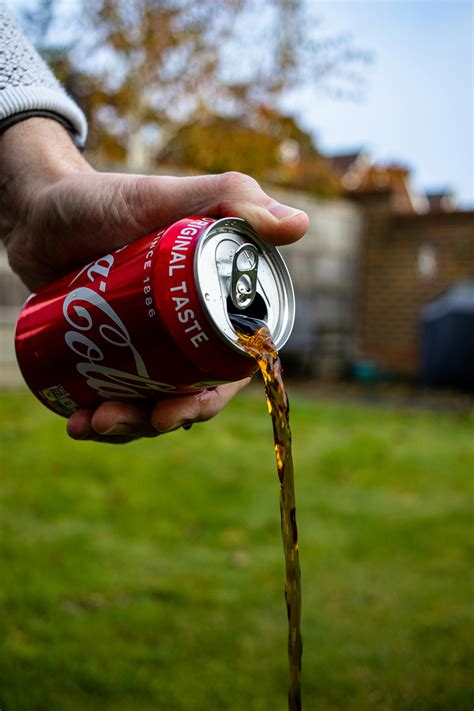How to smash strength plateaus for peak performance gains?

Understanding and Overcoming the Plateau Wall
Every dedicated lifter eventually encounters the dreaded strength plateau—a period where progress grinds to a halt despite consistent effort. It’s not a sign of failure, but rather a signal that your body has adapted to the current stimulus and requires a new challenge. Recognizing this natural training phenomenon is the first step toward breaking through it and continuing your journey towards peak performance gains. Plateaus often stem from a combination of insufficient progressive overload, inadequate recovery, or a lack of training variation.

Revisit Progressive Overload Principles
The cornerstone of any effective strength training program is progressive overload. If you’re stuck, it’s crucial to assess if you’re truly challenging your muscles more over time. This doesn’t always mean adding more weight. Progressive overload can manifest in various ways:
- Increase Weight: The most straightforward method, but not always sustainable.
- Increase Reps/Sets: Performing more work at the same weight.
- Improve Form: Lifting the same weight with better, stricter technique can make it harder and more effective.
- Decrease Rest Times: Shortening rest periods between sets increases intensity.
- Increase Time Under Tension: Slowing down the eccentric (lowering) phase of a lift.
- Increase Frequency: Training a muscle group more often.
Analyze your training log. Are you consistently attempting to increase one of these variables? If not, identify where you can introduce a new stimulus.
Introduce Strategic Training Variation and Periodization
Doing the same exercises, sets, and reps week after week will inevitably lead to adaptation and stagnation. Your body becomes efficient at what it does, and that efficiency needs to be disrupted. This is where strategic variation and periodization come into play.
Periodization for Long-Term Gains
Periodization involves systematically varying your training parameters (volume, intensity, exercise selection) over different cycles. Microcycles (weeks), mesocycles (months), and macrocycles (years) help prevent overtraining, optimize recovery, and ensure continuous progress. For example, you might spend a block focusing on high volume/moderate intensity, followed by a block of lower volume/high intensity.

Incorporate Accessory and Auxiliary Exercises
Often, a plateau in a main lift (like a squat or deadlift) isn’t due to the main muscle group failing, but rather a weak link in supporting musculature. Identify your weak points. If your bench press is stuck, perhaps your triceps or shoulders are lagging. Integrate accessory exercises that directly target these weaker areas. Examples include triceps extensions, face pulls, good mornings, or front squats to improve back squat.
Prioritize Recovery and Deload Weeks
Many lifters believe more is always better, pushing themselves to the brink every session. However, progress happens during recovery, not during the workout itself. Overtraining is a common culprit for plateaus. Your central nervous system, muscles, and connective tissues need time to repair and adapt.
The Power of Deloading
A deload week involves intentionally reducing your training volume and/or intensity (e.g., cutting sets/reps by 40-60% or reducing weight by 20-30%) for 5-7 days. This allows your body to fully recover, heal minor aches, and resensitize to training stimulus. You’ll often come back stronger and ready to break through your previous limits. Incorporate a deload every 4-8 weeks, depending on your training intensity and individual recovery capacity.

Sleep and Stress Management
Beyond the gym, ensure you’re getting 7-9 hours of quality sleep per night. Sleep is paramount for hormone regulation (including growth hormone and testosterone), muscle repair, and cognitive function. Chronic stress, whether from work, personal life, or excessive training, can also elevate cortisol levels, hindering recovery and performance. Practice stress-reducing techniques like meditation, yoga, or spending time in nature.
Optimize Your Nutrition and Hydration
You can’t build a strong house without proper bricks. Similarly, you can’t build muscle or recover effectively without adequate fuel. If you’re consistently hitting plateaus, take a hard look at your diet.
- Caloric Intake: Are you eating enough calories to support muscle growth and intense training? A slight caloric surplus is often necessary for strength gains, especially when trying to break through a plateau.
- Protein Intake: Aim for 1.6-2.2 grams of protein per kilogram of body weight to support muscle repair and synthesis.
- Carbohydrates and Fats: Don’t neglect these crucial macronutrients. Carbs fuel your workouts and replenish glycogen stores, while healthy fats are essential for hormone production and overall health.
- Hydration: Dehydration significantly impairs performance. Ensure you’re drinking plenty of water throughout the day, especially around your workouts.

Cultivate a Growth Mindset and Consistency
Mental fortitude plays a significant role in overcoming physical barriers. A plateau can be frustrating, but viewing it as a challenge rather than an insurmountable obstacle is key. Stay consistent with your training, even when progress feels slow. Small, incremental gains add up over time.
Keep a detailed training log. Tracking your lifts, sets, reps, and even how you felt during the workout provides invaluable data to identify patterns and inform adjustments. This objective data helps you celebrate progress you might otherwise overlook and makes identifying areas for improvement much clearer.

Conclusion
Strength plateaus are an inevitable part of the fitness journey, but they are by no means permanent roadblocks. By strategically applying principles of progressive overload, varying your training, prioritizing recovery, optimizing nutrition, and maintaining a consistent, positive mindset, you can effectively smash through any plateau. Embrace these challenges as opportunities to learn more about your body and refine your training approach. The path to peak performance is a continuous cycle of adaptation and strategic innovation.






